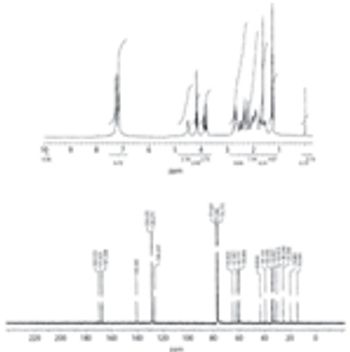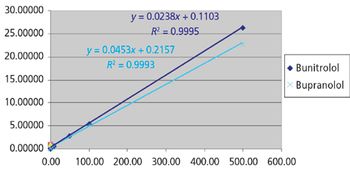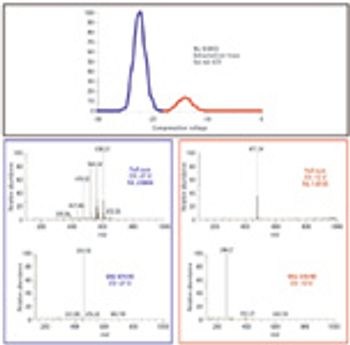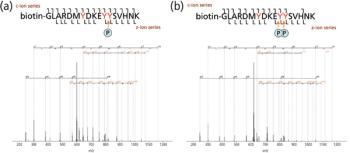
Special Issues
Ramipril impurities D and E are well-known degradation products of ramipril in the finished dosage form. A significant amount of an additional impurity was detected in ramipril tablets by an isocratic reversed-phase high performance liquid chromatography (HPLC) method on a short column. The structure of this impurity was proposed based on liquid chromatography–mass spectrometry (LC–MS) data using an electron spray ionization source. Structural elucidation using nuclear magnetic resonance (NMR) and infrared (IR) spectroscopy was facilitated by a newly developed preparative isolation method. This impurity was characterized as (2R,3aR,6aR)-1-[(R)-2-[[(R)-1-(ethoxycarbonyl)-3-phenylpropyl]amino]propanoyl]octahydrocyclopenta[b]pyrrole-2-carboxylic acid (impurity L). Its identification, synthesis and characterization are discussed.







